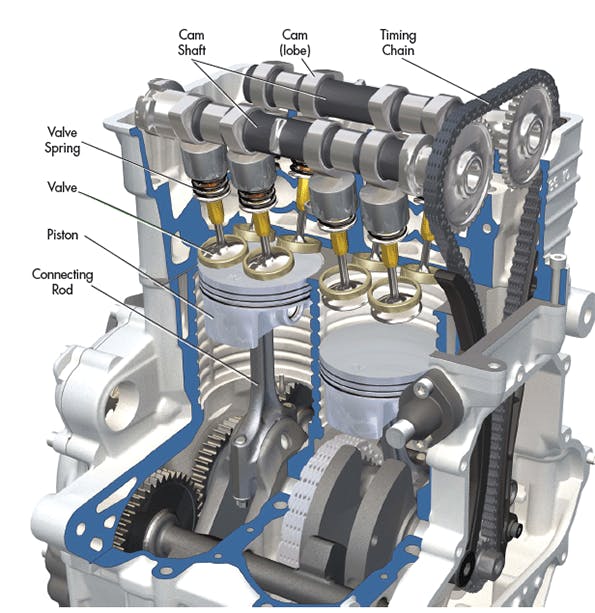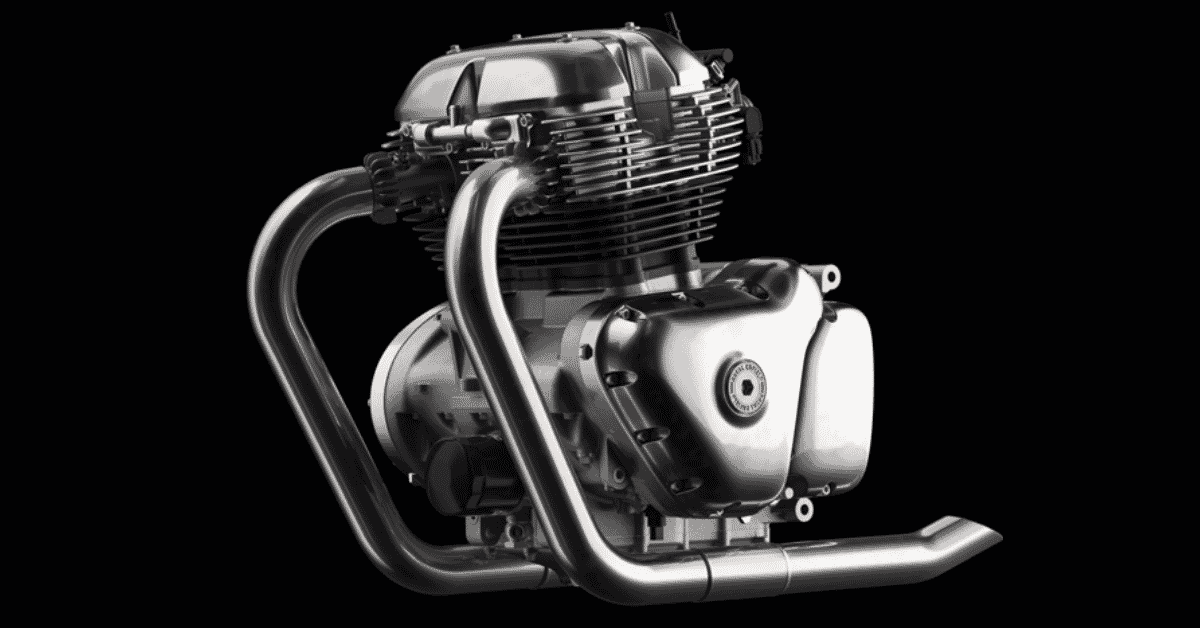The Quest for Ultimate Driving Power: Investigating the Peak of Engine Efficiency and Technological Innovations in the Automotive Market
In the realm of automotive engineering, the search of optimum driving power has been an unrelenting pursuit that has actually unravelled via the advancement of engine layout and the combination of cutting-edge technologies. From the meticulous workmanship of combustion engines to the rapid advancements in electrical propulsion systems, the auto field stands at the cusp of a brand-new age defined by unmatched performance capacities. As designers and researchers dig much deeper into the realms of computational liquid characteristics and explore innovative fuel modern technologies, the perspective of possibilities broadens significantly. Keep tuned as we decipher the intricate tapestry of technical advancements that are shaping the future of automobile power and performance.
Advancement of Engine Style

Furthermore, the assimilation of turbocharging and supercharging technologies has reinvented engine style by enhancing power without dramatically raising engine size. These forced induction systems press the intake air, enabling more gas to be combusted, consequently generating higher power outcome from a smaller engine. This development has actually been specifically vital in improving the performance of smaller displacement engines while preserving fuel effectiveness requirements.

Performance-Enhancing Fuel Technologies
The implementation of innovative fuel technologies has significantly added to improving engine efficiency in contemporary lorries. From conventional gasoline and diesel to cutting-edge biofuels, artificial fuels, and hydrogen, the automobile sector is observing a revolution in gas choices. Biofuels, stemmed from renewable resources like corn, algae, or sugarcane, deal improved and reduced discharges engine efficiency. Artificial gas, created with chemical procedures, supply high octane scores, improving power result. Hydrogen gas cells, although still in the beginning of adoption, reveal great promise as a result of their zero-emission nature and possibility for high efficiency. Furthermore, fuel additives and detergents are being formulated to tidy engine components, enhance burning, and reduce rubbing, thereby boosting overall vehicle efficiency. With continuous research study and advancement, the pursuit for the best driving power continues, as designers aim to open the complete possibility of performance-enhancing gas innovations in the automobile market.
Developments in Electric Propulsion
Considerable strides in electrical propulsion technology have reinvented the automotive sector, leading the way for a new period of lasting and efficient transport. Electric cars (EVs) are acquiring popularity because of their ecological benefits and developments in battery modern technology, enabling longer driving ranges and shorter charging times. Manufacturers are investing greatly in research and development to boost the efficiency of electrical propulsion systems, concentrating on raising power result, enhancing energy effectiveness, and decreasing overall weight.
One notable advancement in electrical propulsion is the development of innovative electrical motors that deliver greater torque and power thickness, leading to improved velocity and general driving performance. In addition, regenerative braking systems have been improved to save and catch energy throughout deceleration, further enhancing the effectiveness of EVs.
Additionally, the assimilation of wise technologies, such as man-made intelligence and predictive analytics, is optimizing the More Info monitoring of electrical propulsion systems, making certain ideal efficiency under different driving problems. These improvements in electric propulsion are improving the automotive landscape, driving the sector towards an extra sustainable and amazed future.
Impact of Computational Fluid Characteristics
With developments in electrical propulsion pushing the borders of automotive modern technology, the integration of Computational Fluid Characteristics is playing a critical duty in optimizing wind resistant efficiency and enhancing total efficiency in car layout. Computational Fluid Dynamics (CFD) entails the use of computer system simulations to assess the flow of air around an automobile, enabling engineers to anticipate just how design changes will certainly influence aerodynamics without the need for expensive physical models. By accurately modeling air flow patterns, CFD permits the improvement of car forms to lower content drag, improve cooling, and improve security.
CFD enables designers to enhance air flow around components such as radiators, engine bays, and wheel wells, adding to enhanced performance and overall driving experience. In verdict, the combination of Computational Fluid Characteristics stands for a considerable step forward in the pursuit for best driving power and effectiveness in the automobile industry.
Future Fads in Engine Technology
In the vibrant landscape of auto engineering, advanced developments are shaping the future trajectory of engine technology. The future of engine style is marked by a solid emphasis on efficiency, sustainability, and effectiveness. Suppliers are progressively focusing on establishing engines that not only supply high power outcomes but additionally focus on environmental duty by improving and reducing discharges fuel performance.
One famous trend in engine technology is the increase of electrification. Crossbreed and electrical powertrains are acquiring grip as practical choices to standard burning engines. These innovations offer the possibility for substantial decreases in carbon emissions and boosted power performance, aligning with worldwide initiatives to battle climate modification.
Moreover, advancements in materials science and production strategies are enabling the production of lighter and extra durable engine components. This shift in the direction of lightweight materials such as carbon fiber and light weight aluminum alloys adds to enhanced efficiency and fuel economic climate.
Final Thought
Finally, the search of supreme driving power in the auto sector continues to Check This Out drive improvements in engine design, fuel technologies, electric propulsion, and computational liquid characteristics. The advancement of these modern technologies is shaping the future of engine development, paving the way for more effective and effective automobiles (engines for africa). As the market remains to press the borders of what is feasible, we can expect to see even more cutting-edge growths in the mission for peak performance
One of the key milestones in engine layout development is the shift from conventional carbureted engines to modern fuel-injected systems. By specifically metering the fuel delivery to each cyndrical tube, fuel-injected engines maximize combustion, resulting in better efficiency and minimized environmental impact.
Furthermore, the integration of turbocharging and turbo charging innovations has transformed engine design by increasing power without considerably boosting engine size (engines for africa).The implementation of sophisticated fuel technologies has actually significantly added to boosting engine efficiency in modern vehicles. In addition, fuel additives and cleaning agents are being formulated to tidy engine parts, enhance combustion, and decrease friction, thus increasing overall car performance